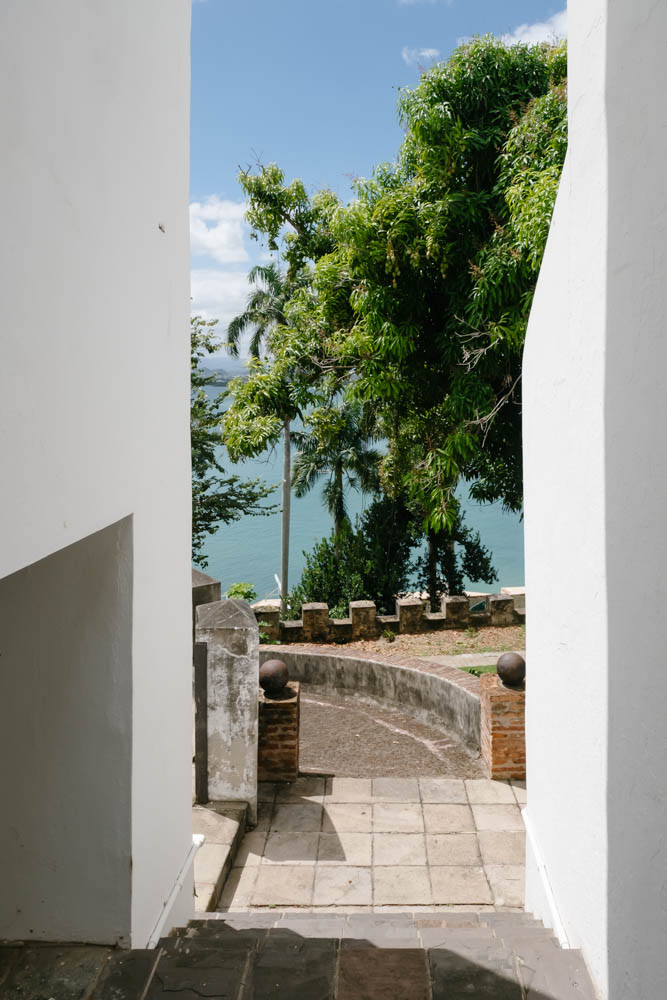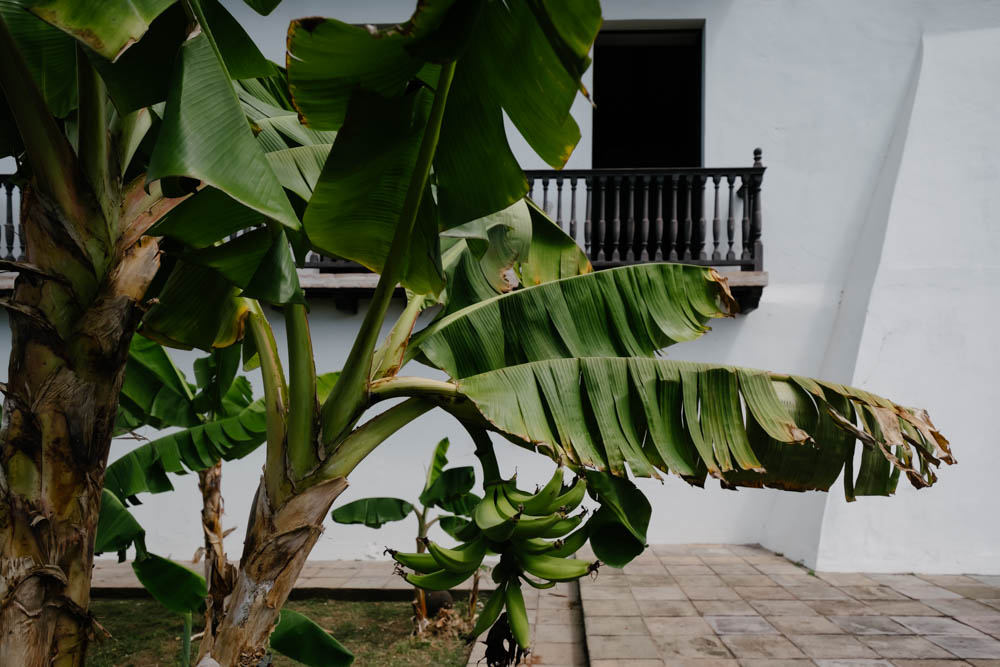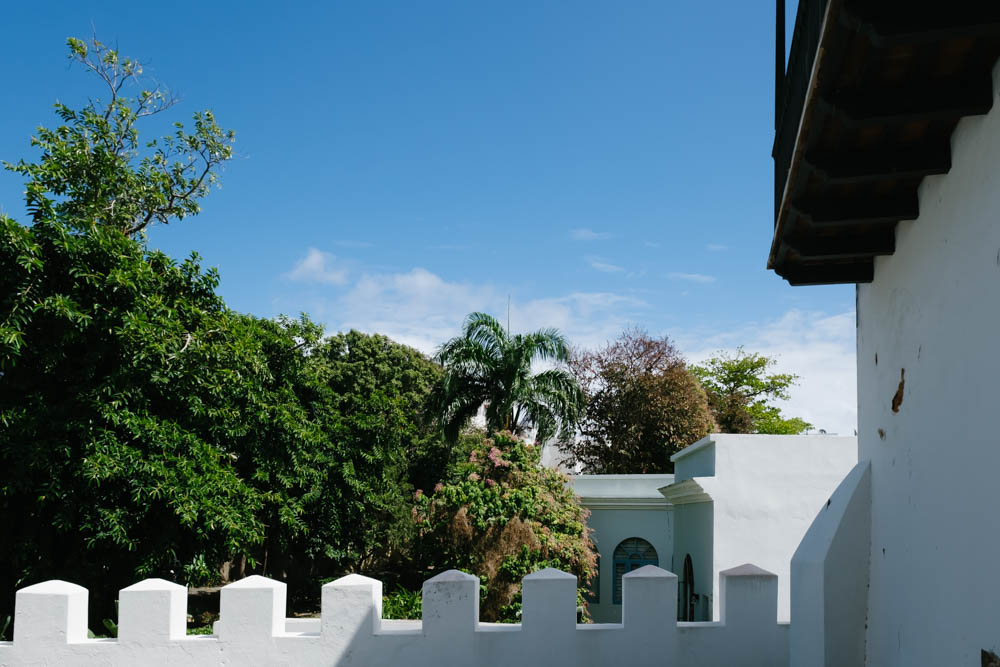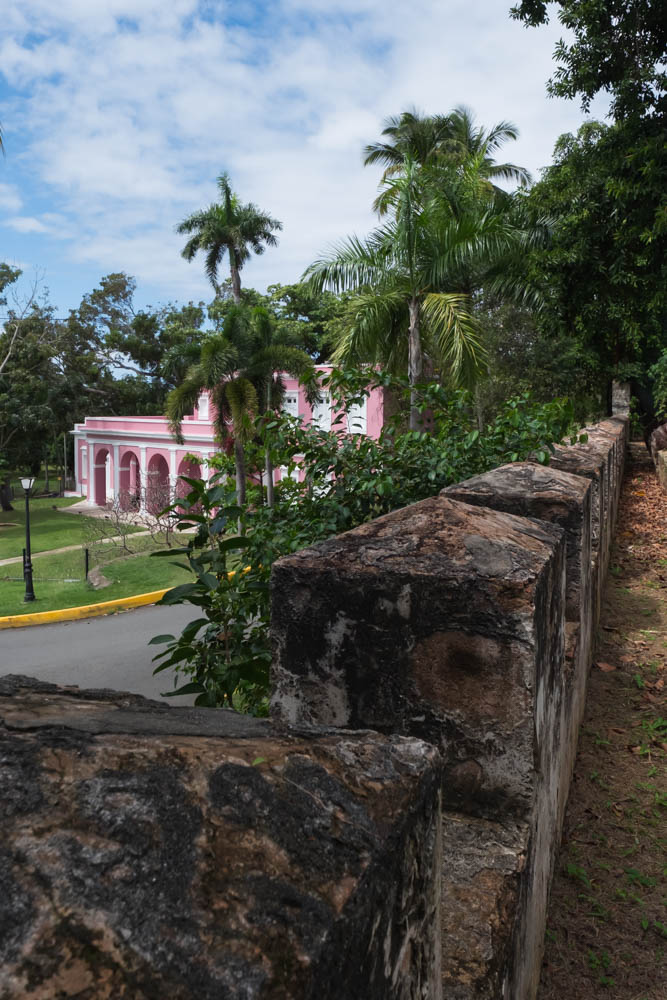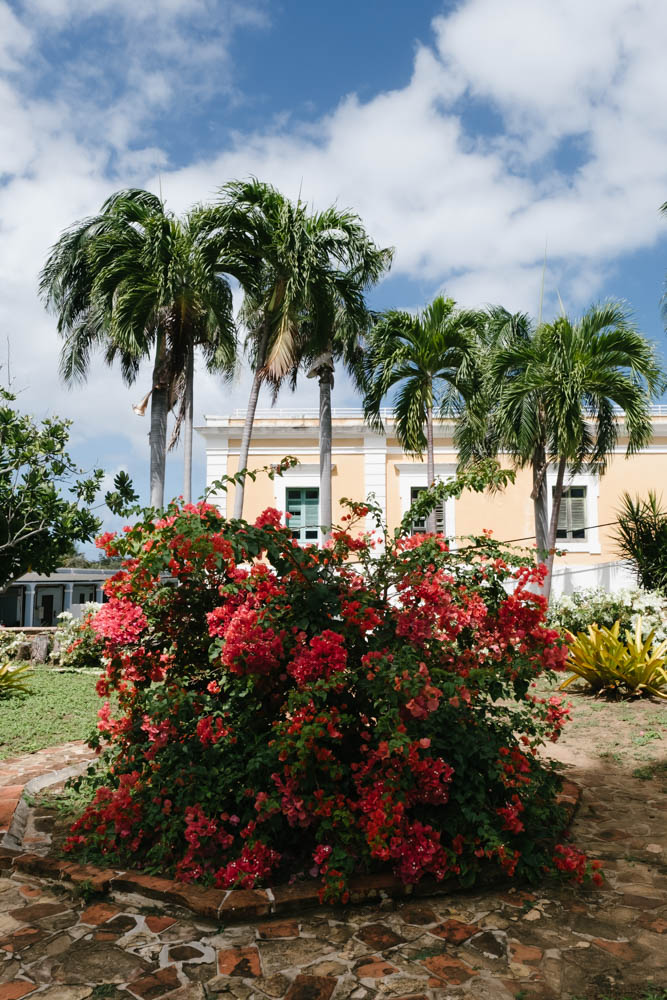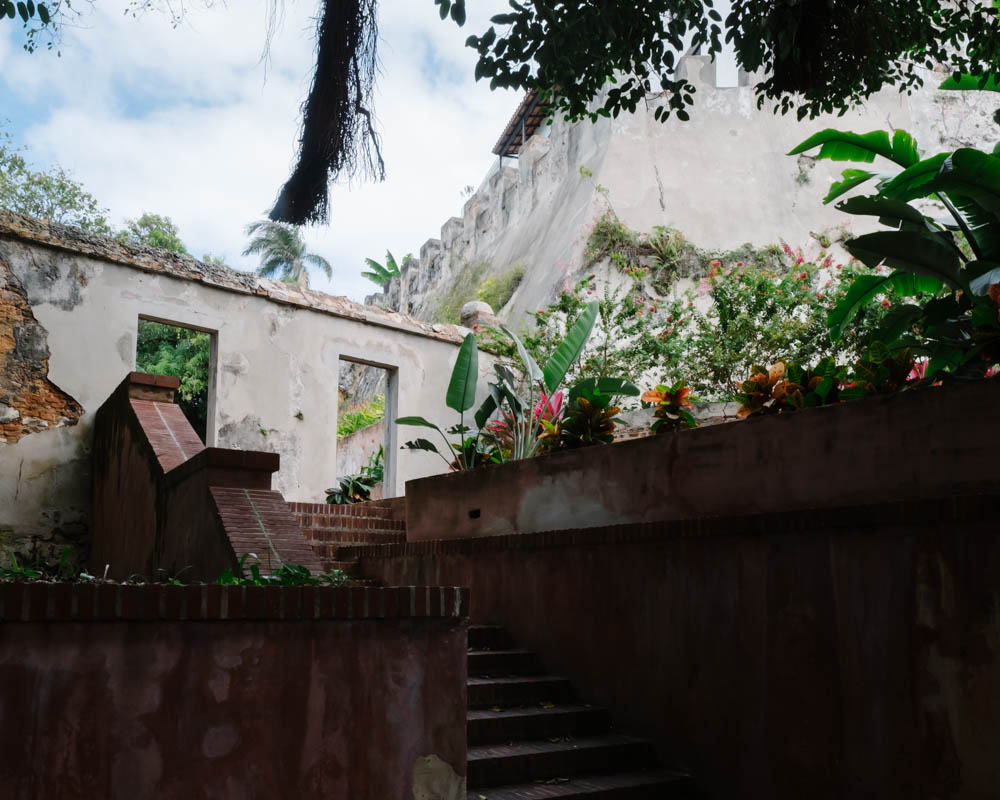Casa Blanca Museum in San Juan, Puerto Rico
The Casa Blanca House Museum was one of my favorite places we visited in San Juan! The nearly 500 year-old mansion has so many stunning historic details, and such a storied history.
The home was intended to be used as a fort and a residence for Juan Ponce de Leon, the Spanish conquistador popularly known for his (apparently historically untrue) search for the fountain of youth.
Ponce de Leon died before the house was completed in 1523, but had he survived he wouldn’t have enjoyed his new home for long. The original wooden structure was damaged by fire shortly after completion.
The mansion was rebuilt in stone, but it didn’t take long for the Spanish government to decide that a larger fort was needed. The replacement, La Fortaleza, is actually quite close by. In addition to the incredible ocean views, several balconies at Casa Blanca offer nice views of La Fortaleza, which still serves as the residence of the governor of Puerto Rico.
After 250 years of ownership by the Ponce de Leon family, the home was occupied by the Spanish, and then American government. Each left their mark on the home, in the form of additions, renovations, and even neglect.
Nowadays the home is managed by the Institute of Puerto Rican Culture. We didn’t plan ahead to take a tour when we visited, but roaming the house and pretending we were on an episode of House Hunters was an entirely acceptable substitute.
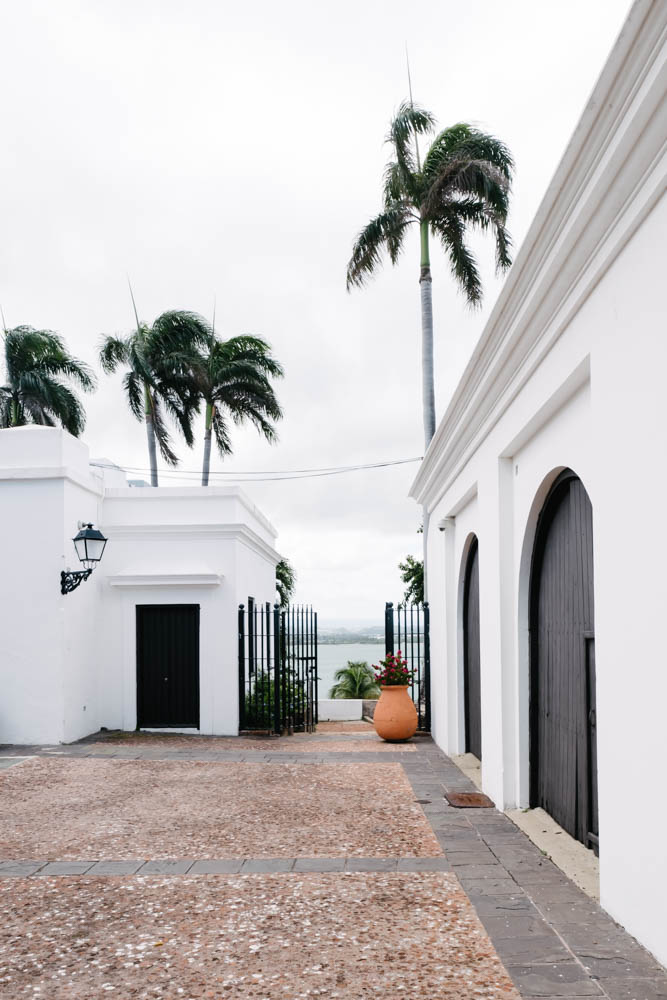
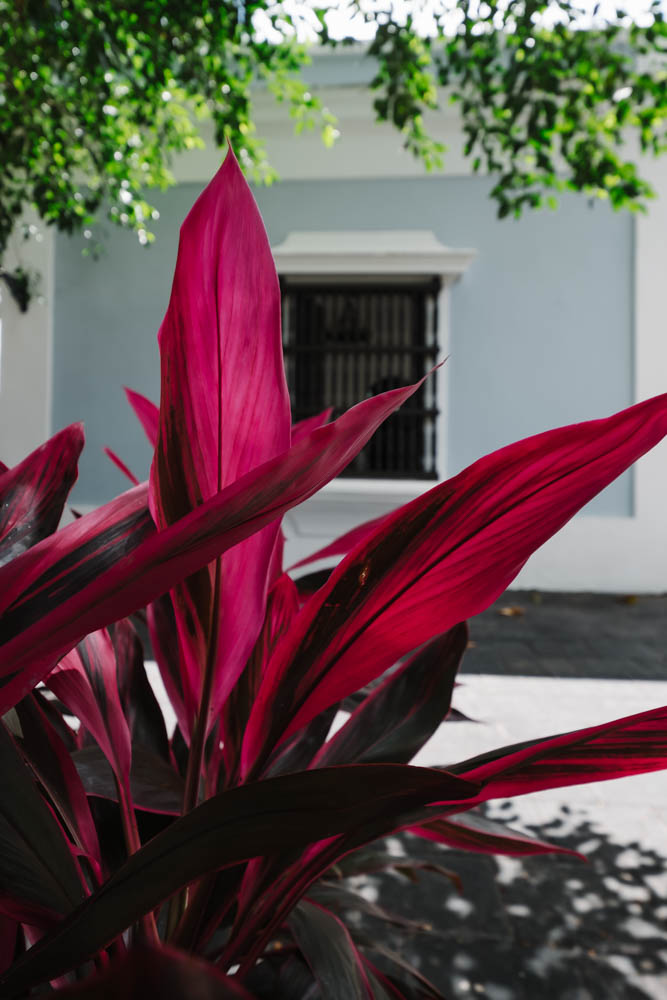
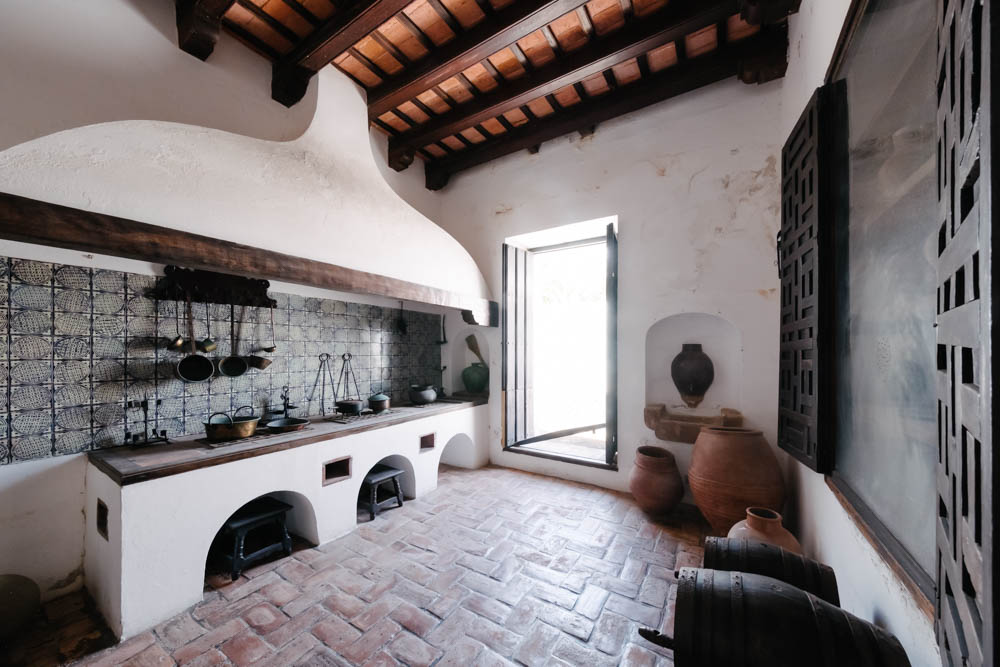
This kitchen! I should have taken more detail photos; the tiles, all the texture and character were amazing. I feel like this is something I’ll see Jersey Ice Cream Co re-creating any day now.
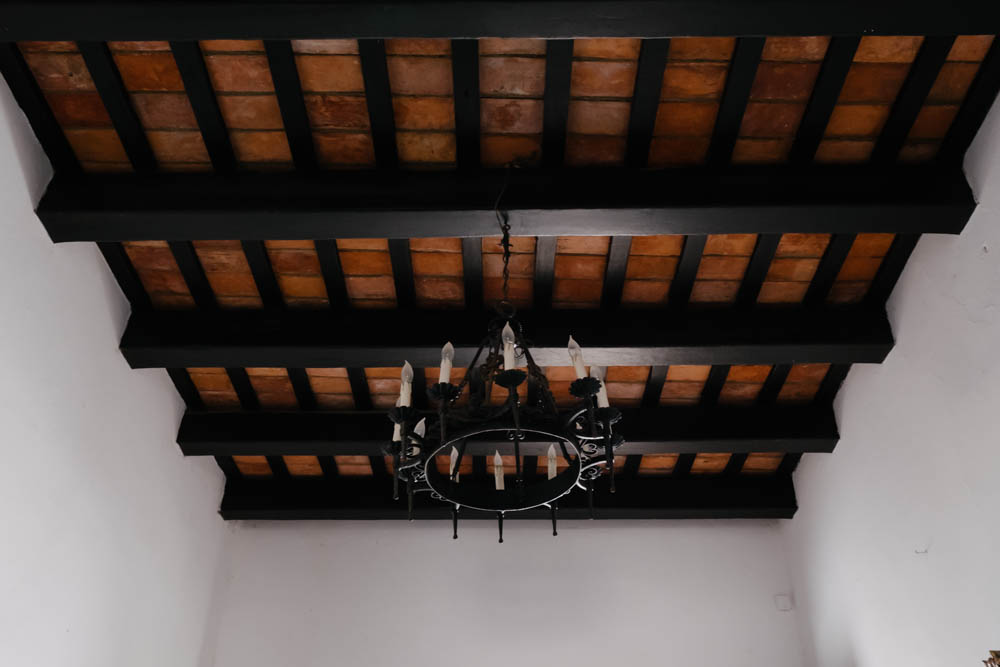
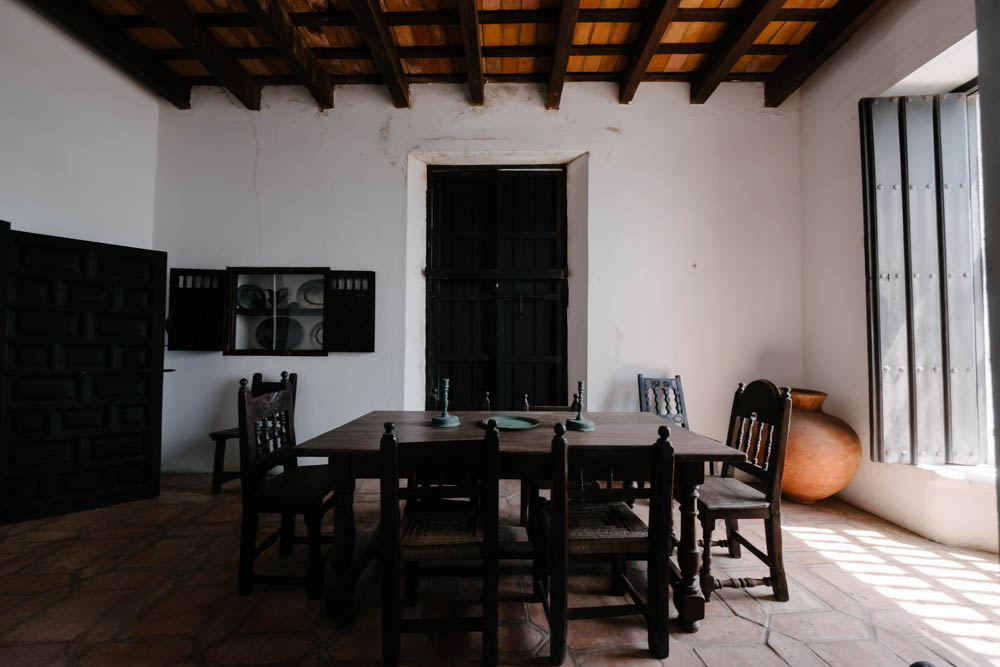
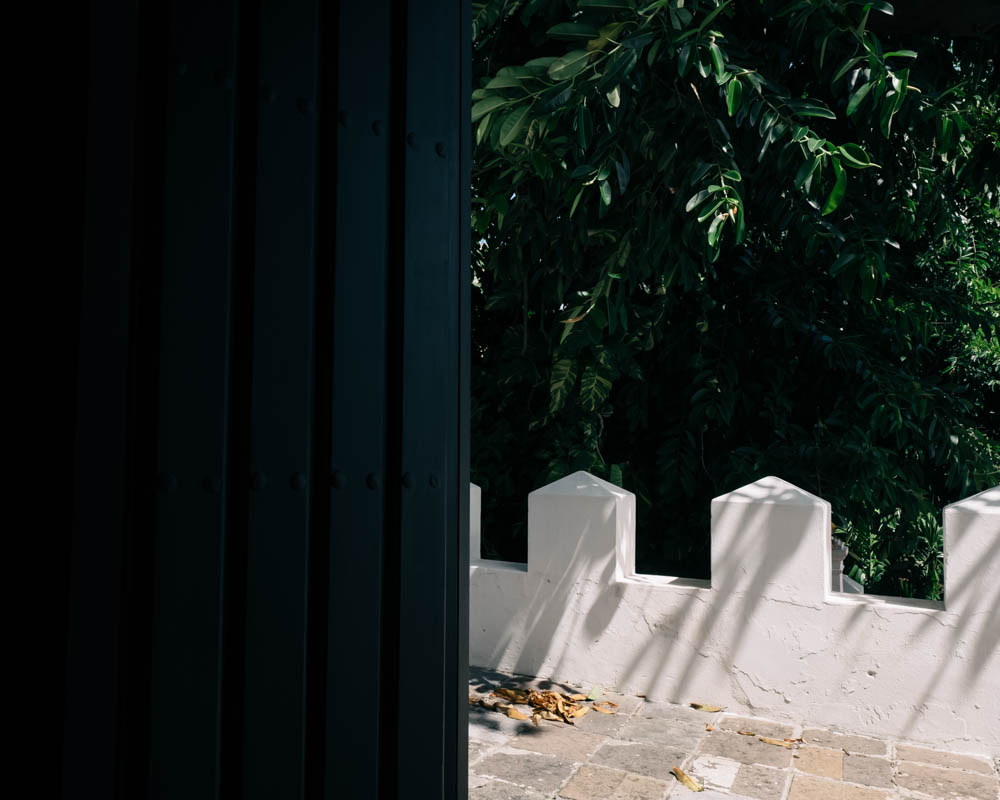
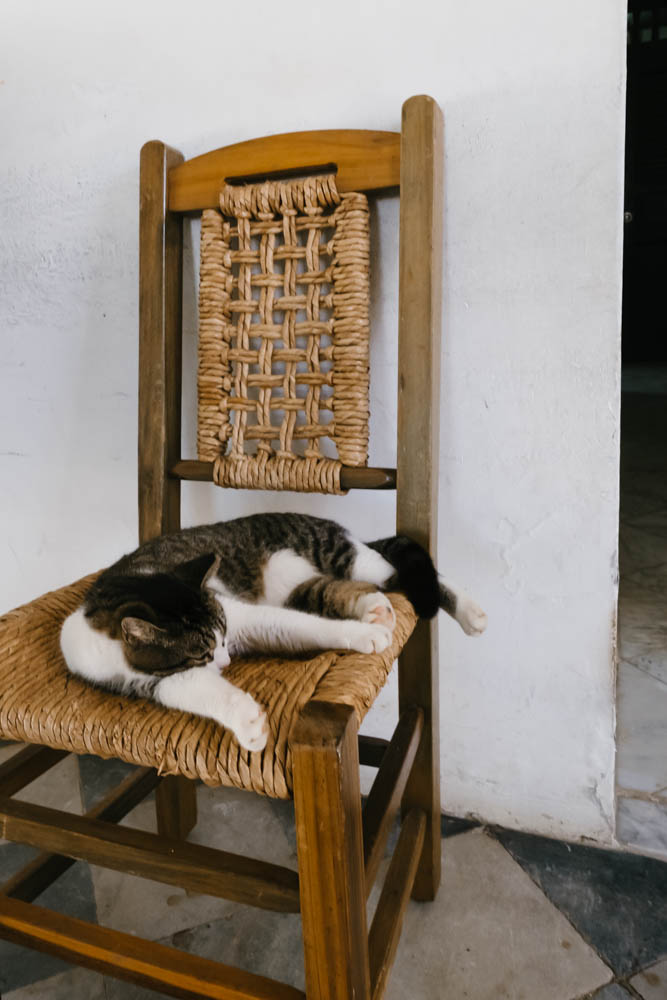
Stray and stray-ish cats were everywhere in San Juan, some better cared for than others. But this guy seemed pretty happy with his digs.
An article I read about Casa Blanca warned that it was somewhat more rustic than some might expect from a mansion. And I suppose it is a tad short on gilding, but it wouldn’t have really occurred to me to think of it as anything less than a mansion–particularly after stepping out on a balcony and surveying the gardens and the sea beyond.
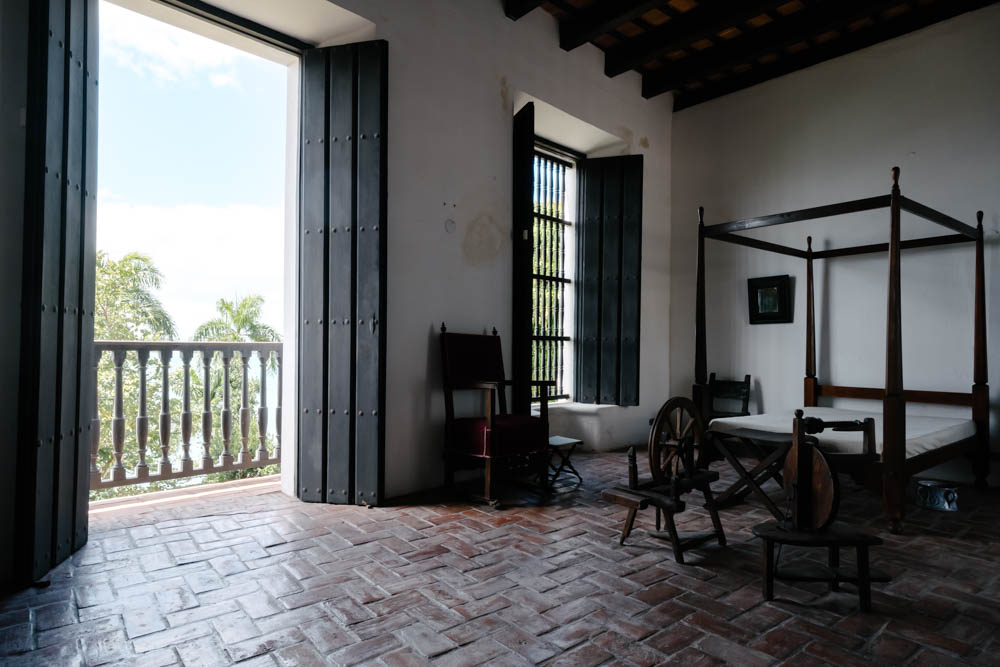
The house is furnished with items appropriate to the time period, but not necessarily original to the former owners.
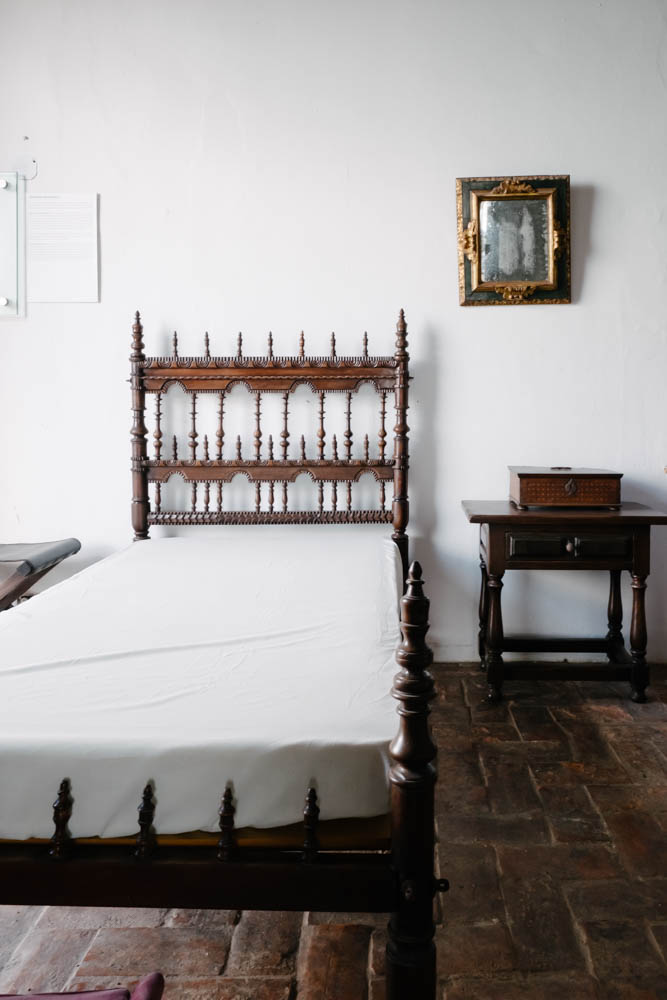
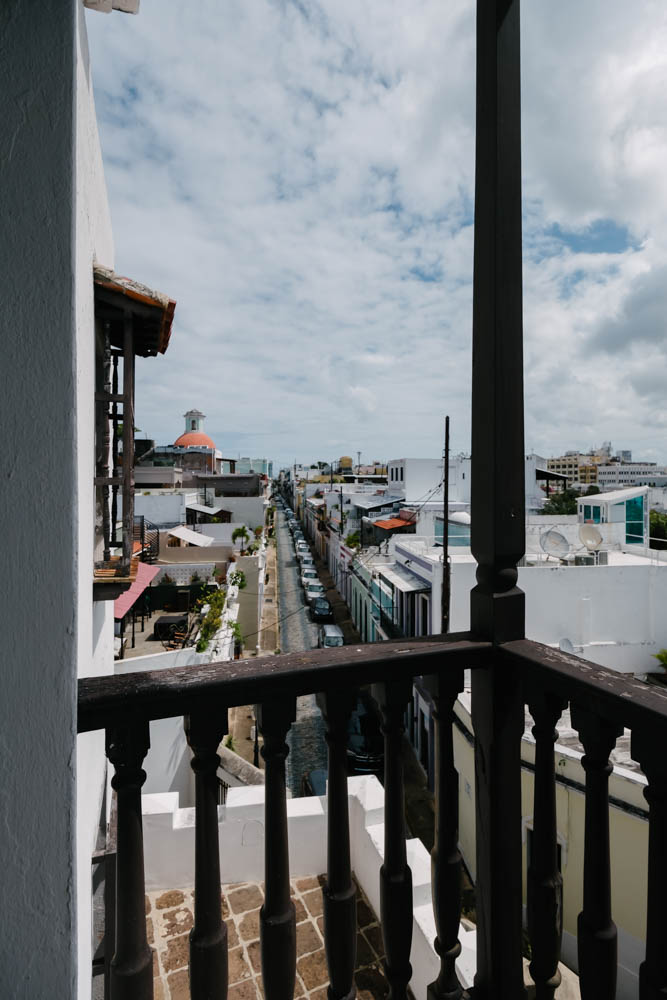
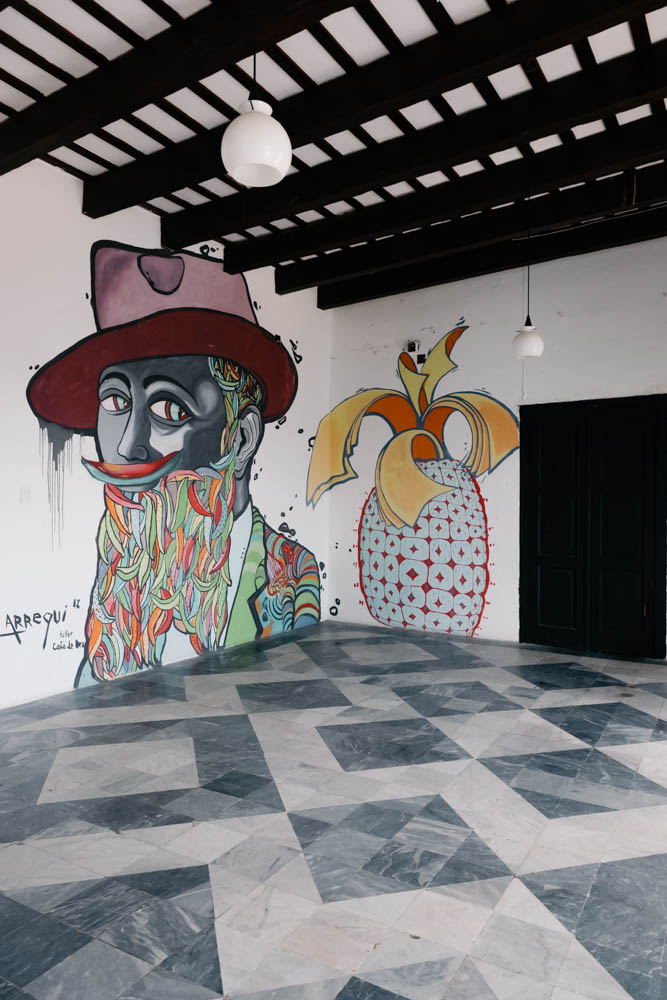
There wasn’t an employee in sight during most of our exploration, but I wish I’d made a point to ask about this mural on the second floor. This floor isn’t furnished, and I’m sure it’s easy to re-paint the walls at any rate, but it still surprised me to find this artwork in the corner of one room. I can’t imagine most house museums in the mainland US being relaxed enough to permit something like this.
